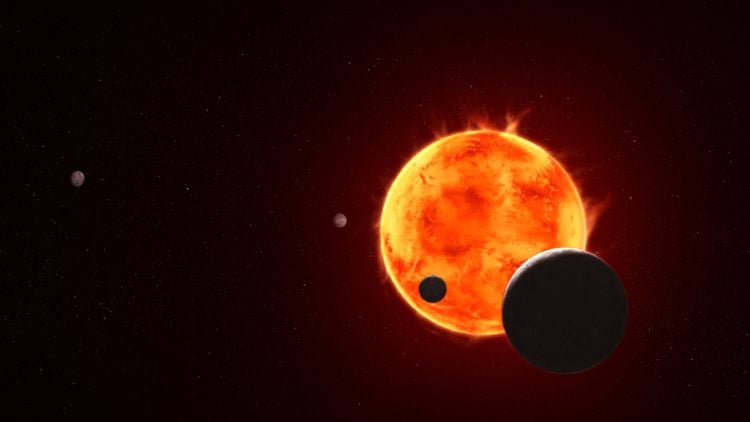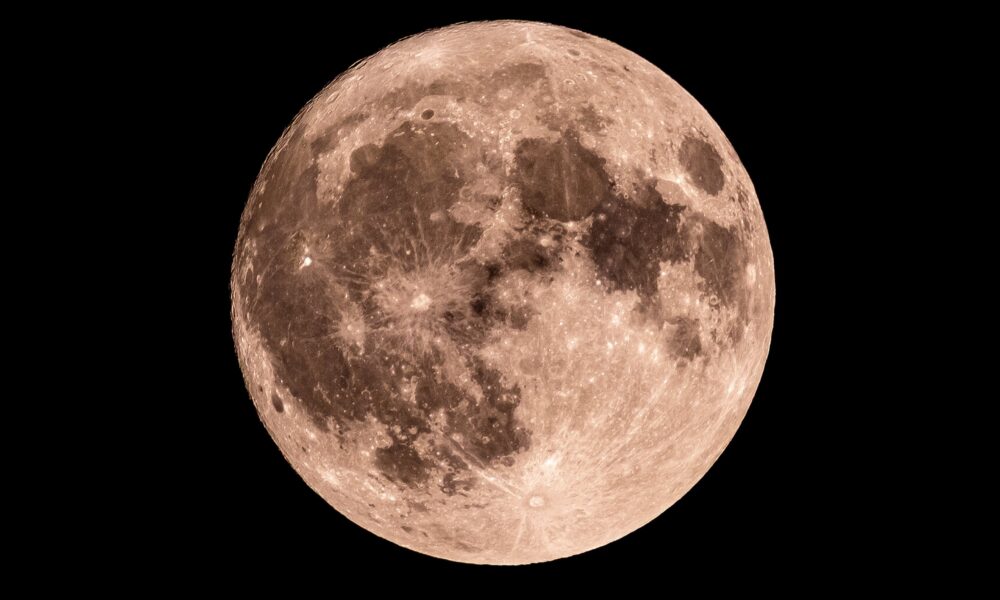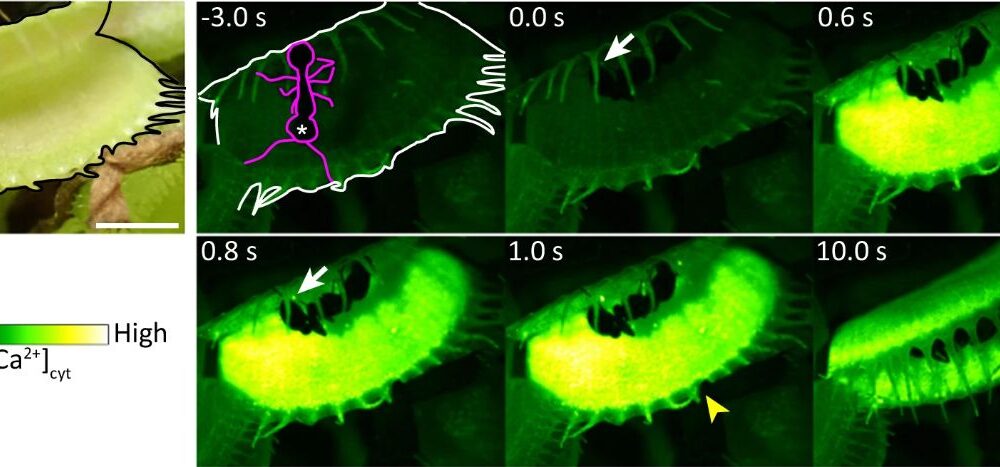A team of researchers has made strides in the search for extraterrestrial life by investigating how microbial biosignatures can be identified in the atmospheres of exoplanets. Their recent study, submitted for publication, examines the potential for discovering life in the clouds of these distant worlds, building on previous scientific theories and observations.
The researchers conducted a series of laboratory experiments using seven strains of aerial microbes sourced from Earth’s atmosphere. Among these were strains related to Modestobacter versicolor, Roseomonas vinacea, Micrococcus luteus, Massilia niabensis, and Noviherbaspirillum soli, alongside species such as Curtobacterium aetherium and Curtobacterium oceanosedimentum. By employing spectroscopy to analyze the light reflected by these samples, the team aimed to determine if their unique spectral features could serve as biosignatures in exoplanetary atmospheres.
The findings revealed that each microbial sample displayed distinct biosignatures, which could potentially be used to identify these organisms within exoplanet clouds. The researchers concluded, “Here, we present an additional path for searching for life on Earth-like exoplanets: the search for biopigments as signs of life in clouds. The first reflectance spectra of aerial life demonstrate UV-protective biopigment signatures, offering a critical spectral reference to guide the detection and interpretation of potential biosignatures in the reflected light of Earth-like exoplanets during upcoming missions.”
Historical Context and Future Missions
The study draws inspiration from a 1976 investigation led by American astronomer Dr. Carl Sagan and Australian-American astrophysicist Dr. Ed Salpeter. They explored the possibility of life in Jupiter’s clouds, proposing the existence of various organisms, including “Sinkers,” “Floaters,” “Hunters,” and “Scavengers,” each adapted to specific ecological niches within the planet’s atmosphere. This historical perspective underscores a long-standing interest in the potential for life in extraterrestrial environments.
Looking forward, the researchers highlighted the significance of the upcoming Habitable Worlds Observatory (HWO), a planned space telescope set to launch in the 2040s. The HWO aims to utilize spectroscopy to analyze 25 habitable exoplanets for biosignatures, potentially confirming the presence of life beyond Earth. Alongside its primary mission, the observatory will also investigate galaxy formation, star evolution, and solar system bodies.
Recent advancements in this area have been made by the James Webb Space Telescope (JWST), which has already utilized spectroscopy to examine exoplanet atmospheres. Notable targets include WASP-39 b and WASP-17 b, located approximately 700 and 1,324 light-years from Earth, respectively. For WASP-39 b, JWST detected water vapor, carbon dioxide, and carbon monoxide, while WASP-17 b exhibited quartz particles in its high-altitude atmosphere.
Implications for Future Research
The JWST has also focused on the TRAPPIST-1 system, situated about 41 light-years from Earth, which hosts seven Earth-sized planets. While recent studies did not provide conclusive evidence of an atmosphere around TRAPPIST-1 e, they emphasized the importance of ongoing research to confirm such findings.
As scientists continue to explore the potential for life in the clouds of exoplanets, this latest study opens new avenues for understanding biosignatures. The implications of detecting microbial life in extraterrestrial atmospheres could reshape our understanding of life in the universe. While the search for life beyond Earth remains challenging, the innovative approaches being developed by researchers offer hope for significant discoveries in the years to come.







